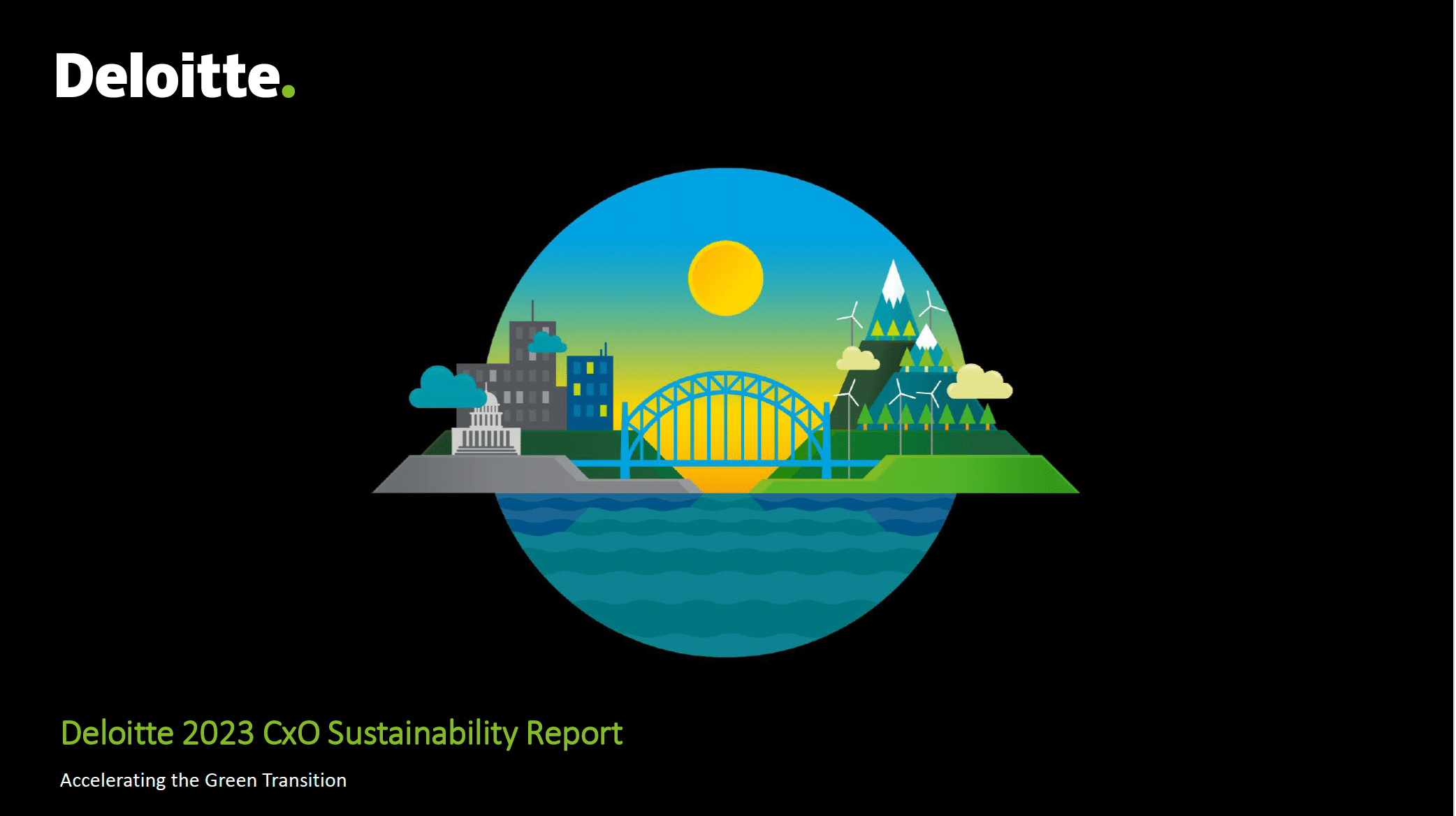
Ryan Closser of supply chain visibility specialist FourKites says supply chains are “still catching up to the modern technological age”, and that the lack of real-time data and cross-company collaboration is “holding back their advancement and evolution”.
Deloitte report shows there’s a long way to go on supply chain visibility, but digital transformation is crucial if firms are to thrive, says FourKites
What every supply chain chief really needs in today’s tumultuous world is an in-house Nostradamus – someone able to peer into the future and head-off yet more disruption, from whatever catastrophes the future has in store for already beleaguered supply chains.
But seers blessed with supernatural insight are rather thin on the ground, at least in B2B circles; I was unable to find even a single one on LinkedIn. And so it is that businesses have to make do with the next-best-thing to make supply chains more resilient: visibility.
Having a clear, end-to-end picture of one’s supply chain at any given moment in time is the goal. As the past two years of conveyor-belt shocks to supply chains has shown us, visibility has never been more important.
Yet knowing what is needed and achieving it are two very different things.
A recent CIPS & Deloitte report into procurement and supply chain resilience shows that rather than being visible, the supply chains of most public- and private-sector organisations are positively opaque.
The thrust of the report was that organisations are failing to measure the environmental impact of their supply chains – mainly because they can’t see it – but its findings are symptomatic of a wider trend among organisations that lack supply chain visibility.
Just 13% of firms have supply chain visibility – Deloitte
The report found that just 13% can map their entire supply chain network, and that up to 22% have no visibility beyond their immediate suppliers.
So, with this in mind, we asked a supply chain visibility expert to walk us through the business benefits of the ‘Nostradamus effect’ and why it is vital that organisations are at least ready for the future – even if they can’t see it.
Closser says: “In many ways, supply chains are still catching up to the modern technological age, as the lack of real-time data and cross-company collaboration has consistently held back their advancement and evolution.
“For example, if your inbound freight terms aren’t collected, you likely have no visibility into what’s coming into your facilities. This lack of visibility can lead to production delays and downstream stockouts at the point of sale.”
He adds: “A transparent supply chain enables you to see everything, including whether shipments are in transit, in the warehouse or distribution centre, and where they will be later. Extending visibility into every corner of your supply network unlocks business value through a variety of benefits.”
Here, Closser runs us through some of the most valuable benefits.
Better strategic planning Few companies directly manage their entire supply chain, from raw materials to shipping finished products. By mapping the entire lifecycle and knowing where everything is at all times, companies can better plan for all possible scenarios.
This connection that exists between planning and reliable transit times allows us to be prepared for any change in volume and to attend to the urgency we may have in production changes.
Monitoring and benchmarking execution Visibility doesn’t just aid planning; it’s critical for measuring the performance of your plan, to ensure that you can gauge the effectiveness of any changes you make in the future.
This gives operating teams more data to monitor operations in their region or site, meaning they can have more productive conversations with providers, as well as being able to drive improvements.






